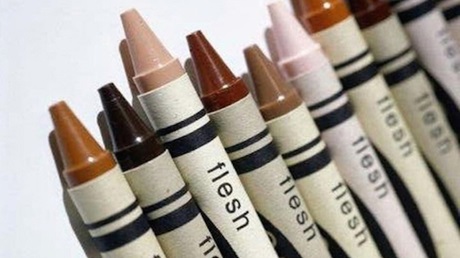Racial diversity in local churches is a preview of eternity.

Diversity, according to the Merriam-Webster Dictionary, is defined as the state of having people who are different races or who have different cultures in a group or organization. It can also mean the quality or state of having many different forms, types, ideas, and the like.
With these two definitions, it is no wonder Martin Luther King Jr. once pointed out that Sundays were the most segregated (most homogenous) day of the week. With regard to racial reconciliation and diversity on Sunday mornings, not much has changed for almost a half century. The majority of churches clustering for their worship gatherings still remain mainly homogenous.
However, in recent years there has been movement towards embracing and enacting diversity within denominations and churches. Globalization, urbanization, and the onslaught of media coverage of racial turmoil have played a huge role in resuscitating the discussion and importance of diversity and racial reconciliation among evangelicals. And I think for the sake of the gospel and the mission of God this is a great thing.
In his book, The Big Sort, Bill Bishop notes something that is interesting but shouldn’t surprise us. He argues that although America has become increasingly diverse, the places where we live are wrought with people that live, think, and vote like us. In other words, Americans tend to be homogenous creatures clustering in like communities within a diverse culture. Sadly, this is still, in large part, existent within the church.
For some people diversity is not an issue. Pigmentation, background, socio-economic class, culture, or accent doesn’t make them skittish. In fact, something about diversity makes them feel alive. However, there are those of a minority culture …


